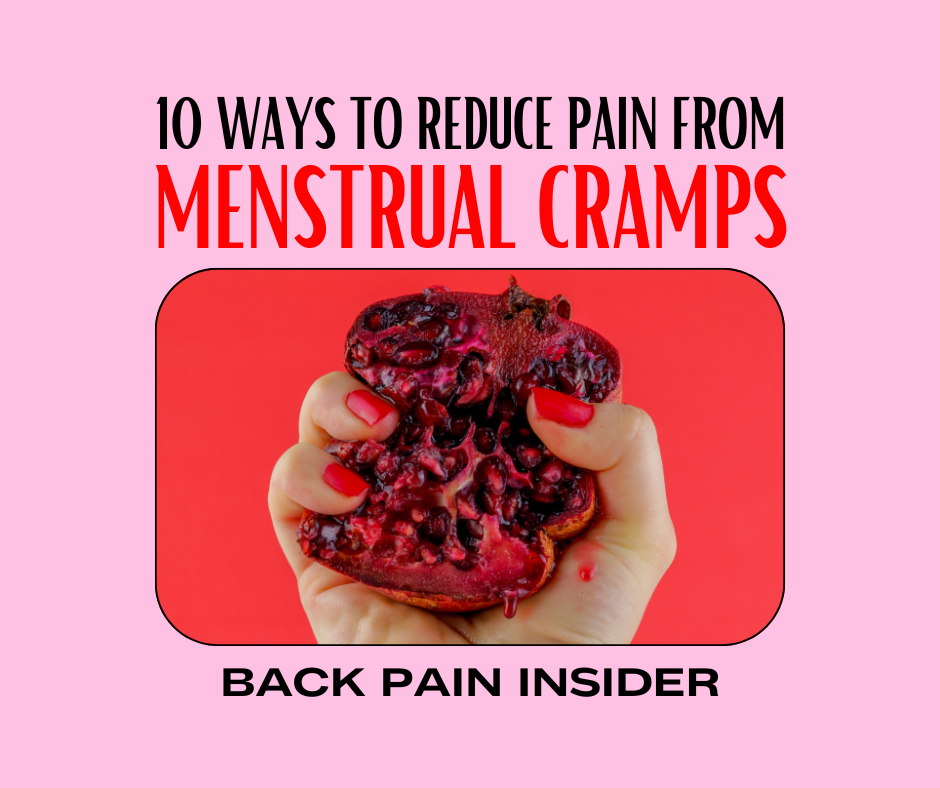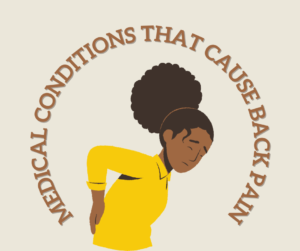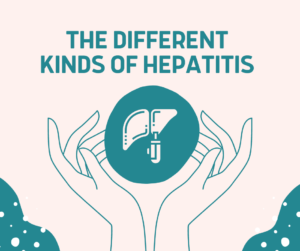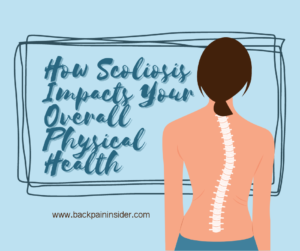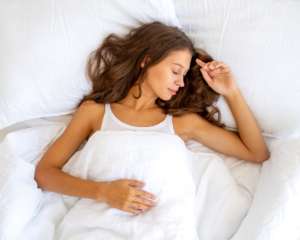Suffering from menstrual cramps? Almost every woman who’s ever had menstruation will understand what you’re going through. With multiple negative symptoms such as abdominal pain, nausea, and back pain, menstrual cramps are no fun to deal with. Thankfully, there are many ways to ease your pain from menstrual cramps, ten of which we have highlighted below for you.
1. Do Yoga Poses
Yoga can help alleviate menstrual cramps by promoting relaxation, reducing stress, and increasing blood flow. Yoga poses such as forward folds, twists, and gentle backbends can help to relax the muscles and ease cramping. Certain poses such as child’s pose, forward fold, and seated spinal twist are known to be effective in reducing menstrual cramps. Yoga also helps in reducing stress and anxiety that can exacerbate menstrual symptoms.
It’s important to practice under the guidance of a qualified instructor, who can guide you through poses that are appropriate for your level of fitness and any menstrual-related symptoms. Additionally, it’s best to avoid any inversions or poses that put pressure on the abdominal area during menstruation.
2. Use a Heating Pad
A heating pad can help alleviate menstrual cramps by increasing blood flow and relaxing the muscles. The heat can also help to reduce inflammation and ease the pain. A heating pad can provide quick relief from menstrual cramps and can be used in conjunction with other treatments, such as medication or herbal remedies.
Heating pads can be placed on the lower abdomen, back, or lower back, to target the area where cramps are felt the most. It can be used as a moist heating pad by adding a damp cloth on top of it.
It’s important to use a low or medium heat setting to avoid overheating the skin. Also, avoid using it while sleeping and always follow the manufacturer’s instructions.
3. Take Painkillers
Painkillers can help reduce menstrual cramps. Non-steroidal anti-inflammatory drugs (NSAIDs) like ibuprofen and naproxen are commonly used to alleviate menstrual cramps. These medications work by minimizing inflammation and pain. Over-the-counter pain relievers like ibuprofen and naproxen can be taken at the onset of cramps or before the cramps start.
Long term use of NSAIDs can have side effects, so it’s best to use them only as needed.
4. Consider Acupuncture
Acupuncture is a traditional Chinese medicine that can help alleviate menstrual cramps by promoting the flow of energy, or “qi,” throughout the body. Acupuncture works by inserting thin, painless needles into specific points of the body, which helps to relieve pain and reduce inflammation.
It’s believed that this process helps to balance the hormones and improve the blood flow to the reproductive organs, which can help to reduce cramping and improve overall well-being during the menstrual period. Acupuncture has also been found to be highly effective for other menstrual symptoms such as mood swings, bloating, and headaches.
5. Drink Herbal Tea
Herbal teas can be beneficial in reducing menstrual cramps. Helpful teas include ginger, chamomile, red raspberry leaf, and cramp bark. These herbs can be found in tea or tinctures form. Drinking herbal tea during the menstrual period can help to relax the muscles, reduce cramping, and ease discomfort.
Please remember to use high-quality, organic, and non-contaminated herbs. Additionally, consult with your doctor or other healthcare professionals before doing any herbal treatment.
6. Incorporate More Magnesium into the Diet
Magnesium is a crucial mineral for the human body that can help alleviate menstrual cramps by relaxing the muscles and reducing inflammation. Magnesium can be found in many foods such as leafy greens, nuts, seeds, and fish. It can also be taken in a supplement form.
Adequate magnesium intake can help to reduce the intensity of menstrual cramps and make menstruation more comfortable. It also has other benefits for overall health, such as for bone, cardiovascular and mental health.
7. Massage with Essential Oils
Essential oils may help reduce menstrual cramps. Some essential oils that are believed to have anti-inflammatory and pain-relieving properties for menstrual cramps include clary sage, ginger, marjoram, and peppermint. These oils can be used in a myriad of ways. For example, there’s aromatherapy, massage, or topical application diluted with a carrier oil!
You must note that essential oils are highly concentrated and should be used with caution. This is especially important if you have sensitive skin or any medical condition. Essential oils should never be ingested or applied undiluted to the skin.
8. Get Plenty of Exercise
Exercise increases blood flow and releases endorphins, the body’s natural painkillers. Aerobic exercises, in particular, such as cycling, running, or swimming, can help reduce muscle tension and cramps. Sexual intercourse is a two-for-one deal as it involves a lot of aerobic exercises and releases endorphins in the body. Say less, are we right?
Additionally, regular exercise can also help to improve sleep, reduce stress, and improve overall physical and mental well-being. It is important to start with a moderate exercise routine and gradually increase the intensity as your body becomes accustomed to it. You don’t want to startle your body.
9. Eat a Healthy Diet
A healthy diet can help reduce pain from menstrual cramps by giving the body essential nutrients and reducing inflammation. Some foods that may be helpful include those that are high in antioxidants, such as fruits and vegetables, and those that contain anti-inflammatory compounds, such as omega-3 fatty acids found in fatty fish and flaxseeds.
It is also important to consume adequate amounts of calcium and magnesium (which we’ve already discussed), as these minerals can help relax the muscles and ease cramps. Additionally, limiting processed foods and refined sugars can also help reduce inflammation and alleviate cramps.
10. Pop Birth Control Pills
Birth control pills reduce the severity of menstrual cramps by regulating hormone levels and thinning the lining of the uterus. They work by preventing ovulation and therefore reducing the levels of the hormone progesterone, which is responsible for causing menstrual cramps. Additionally, birth control pills can also help regulate the length and flow of the menstrual period and reduce the risk of several types of cancer. However, you must consult with a healthcare professional to determine if birth control pills are the right choice for you and to discuss any potential risks or side effects.
